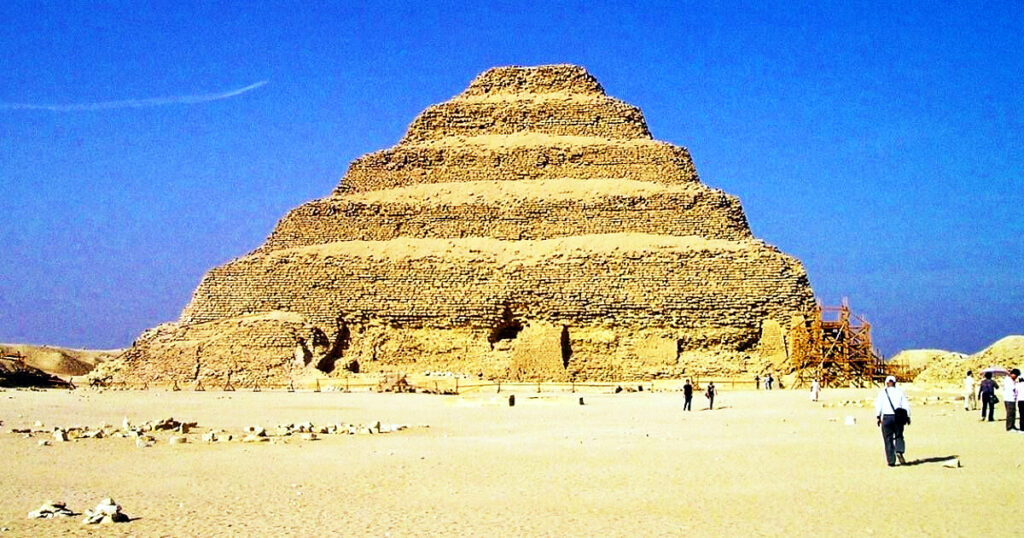
In a groundbreaking discovery, archaeologists have uncovered a 3,800-year-old hexagonal pyramid in eastern Kazakhstan, a structure unlike anything previously documented. Located at the Kyrykungir site near Toktamys village, this six-sided monument provides a fascinating glimpse into the Bronze Age civilizations that once thrived in the region.
A Monument of Precision and Mystery
Standing at 10 feet (3 meters) tall and stretching 43 feet (13 meters) per side, the pyramid’s hexagonal shape sets it apart from other ancient structures. Experts believe it was likely a royal tomb or ceremonial site, reflecting the status of an influential leader or noble.
Dr. Ulan Umitkaliyev, the lead archaeologist from L. N. Gumilyov Eurasian National University, emphasized the structure’s remarkable craftsmanship, noting the precise stone labyrinth leading to a central burial chamber. The use of geometry and astronomy in its design suggests that its builders possessed sophisticated knowledge of construction and celestial alignments.
Link to the Andronovo Civilization
Archaeologists have linked the pyramid to the Andronovo culture, a Bronze Age society known for its horse domestication and elaborate burial customs. Excavations inside the chamber revealed horse remains, gold earrings, bronze tools, and ceramics, indicating the high status of the deceased. The presence of horses suggests they played a spiritual role in Andronovo rituals, possibly as sacrifices for the afterlife.
A Window into the Past
This discovery offers fresh insights into Bronze Age trade networks and burial traditions, revealing a civilization that was highly organized, artistic, and well-connected. As researchers continue their work, the Kyrykungir pyramid may redefine our understanding of ancient Eurasian societies, shedding light on their rituals, beliefs, and engineering marvels.
